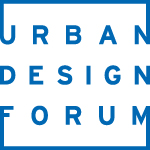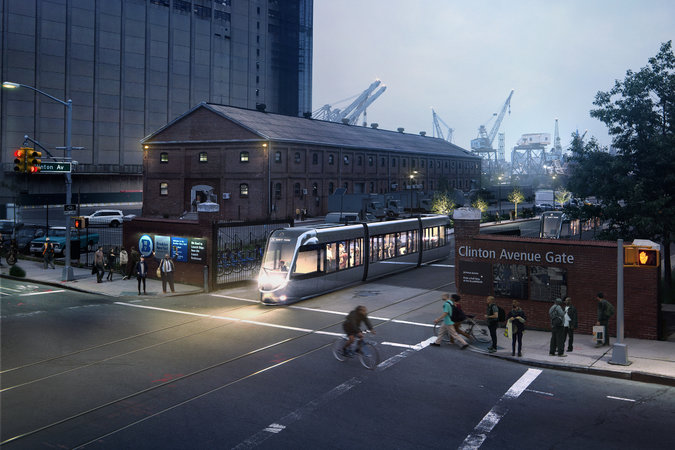udr-cover-spring-2007Might “mapping” replace “designing” as our default term for how objects and space are created and organized? So suggests Janet Abrams in a conversation with David Benjamin on page 25. Abrams, together with Peter Hall, co-edited a vertiginous book on the subject of contemporary projects in mapping. As Javier Arbona’s review makes clear, Else/Where: Mapping is worth reading for its own merits. It’s even more fascinating when paired with Steven Johnson’s The Ghost Map, reviewed by Steve Silberman on page 4. Johnson’s adventurous narrative of London’s cholera outbreak explores how one man’s mapping of the London sewers led to a revolution in scientific thought. Before the city could be redesigned to meet the threat of waterborne disease, it had to be remapped.
The way that artists, architects, planners and developers meet the challenges of climate change and energy conservation is undoubtedly the question of the moment, and it surfaces throughout this issue of the Urban Design Review. To an obvious extent, this will require rethinking how we design. Houses will need retrofitting; urban infrastructure will need modernizing. But perhaps our most urgent task for urban designers is to become urban mappers—to visualize information differently, to re-articulate the landscape of our urban forms and their challenges. Indeed, Johnson’s observation of the nineteenth-century still holds true of today: There’s a hero to be made of the one who shows us how to see our cities with fresh eyes. —David Haskell
Urban Design Review Spring 2007



